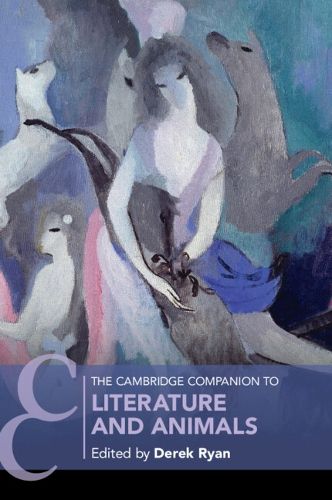Readings Newsletter
Become a Readings Member to make your shopping experience even easier.
Sign in or sign up for free!
You’re not far away from qualifying for FREE standard shipping within Australia
You’ve qualified for FREE standard shipping within Australia
The cart is loading…






The Cambridge Companion to Literature and Animals surveys the role of animals across literary history and opens conversations on what literature can teach us about more-than-human life. Leading international scholars comprehensively explore how engaging with creatures of various kinds alters our understanding of what it means to write and read, and why this is important for thinking about a series of cultural, ethical, political, and scientific developments and controversies. The first part of the book offers historically rooted arguments about medieval metamorphosis, early modern fleshiness, eighteenth-century imperialism, Romantic sympathy, Victorian racial politics, modernist otherness and contemporary forms. The second part poses questions that cut across periods, concerning habitat and extinction, captivity and spectatorship, race and (post-)coloniality, sexuality and gender, religion and law, health and wealth. In doing so, this companion places animals at the centre of literary studies and literature at the heart of urgent debates in the growing field of animal studies.
$9.00 standard shipping within Australia
FREE standard shipping within Australia for orders over $100.00
Express & International shipping calculated at checkout
The Cambridge Companion to Literature and Animals surveys the role of animals across literary history and opens conversations on what literature can teach us about more-than-human life. Leading international scholars comprehensively explore how engaging with creatures of various kinds alters our understanding of what it means to write and read, and why this is important for thinking about a series of cultural, ethical, political, and scientific developments and controversies. The first part of the book offers historically rooted arguments about medieval metamorphosis, early modern fleshiness, eighteenth-century imperialism, Romantic sympathy, Victorian racial politics, modernist otherness and contemporary forms. The second part poses questions that cut across periods, concerning habitat and extinction, captivity and spectatorship, race and (post-)coloniality, sexuality and gender, religion and law, health and wealth. In doing so, this companion places animals at the centre of literary studies and literature at the heart of urgent debates in the growing field of animal studies.